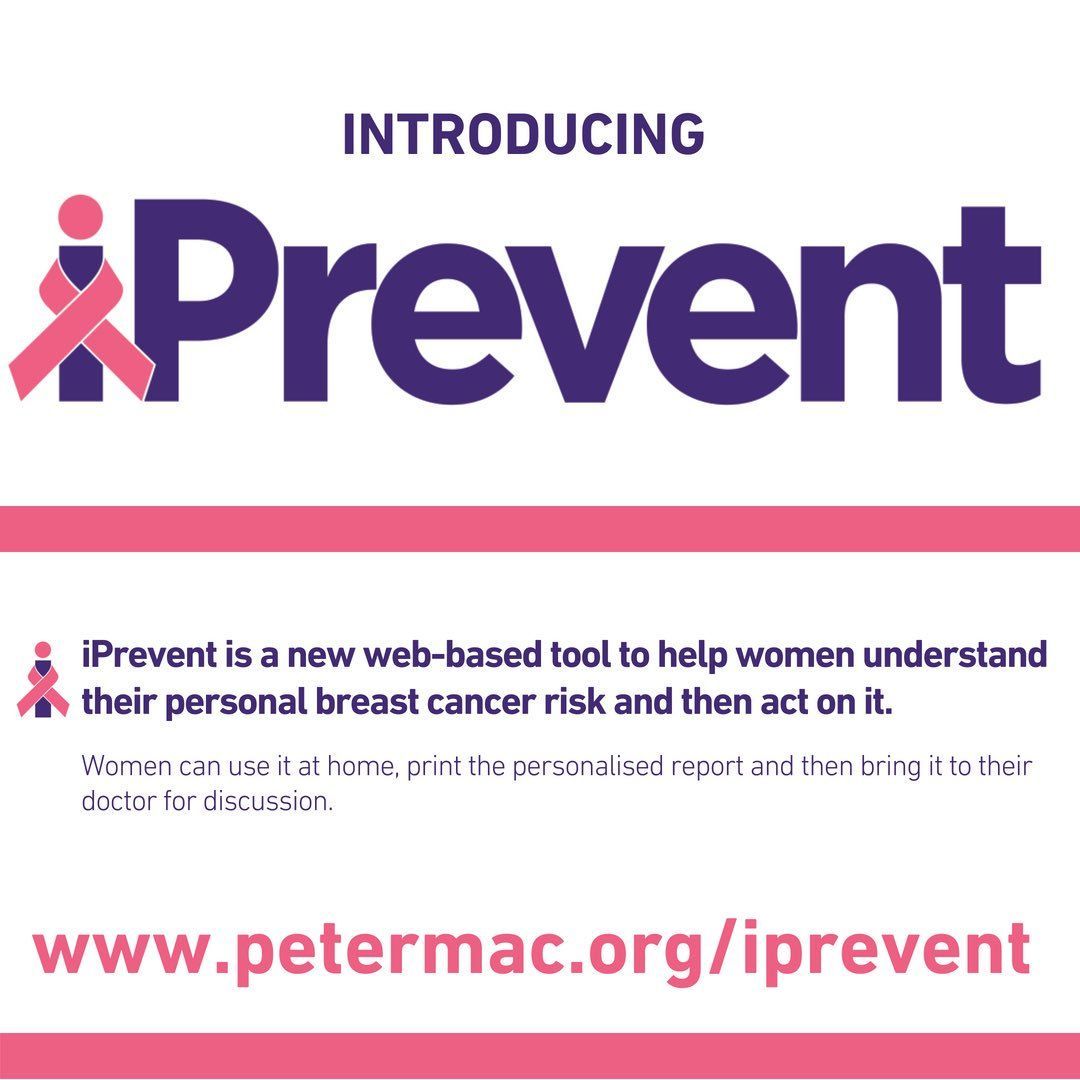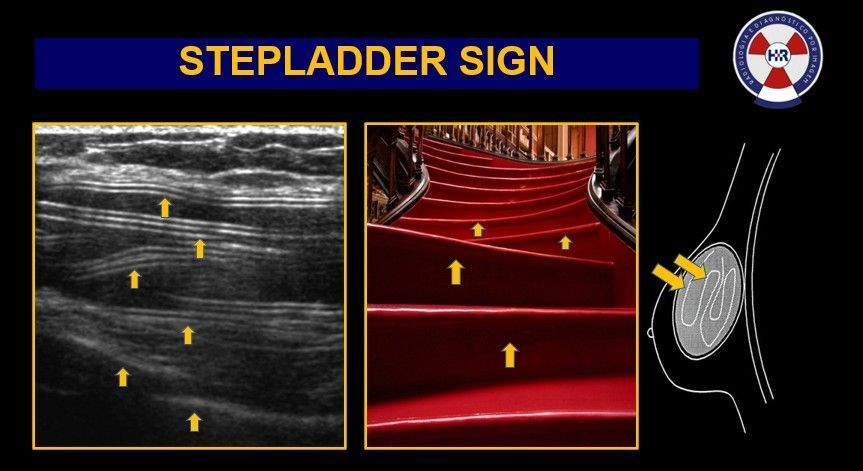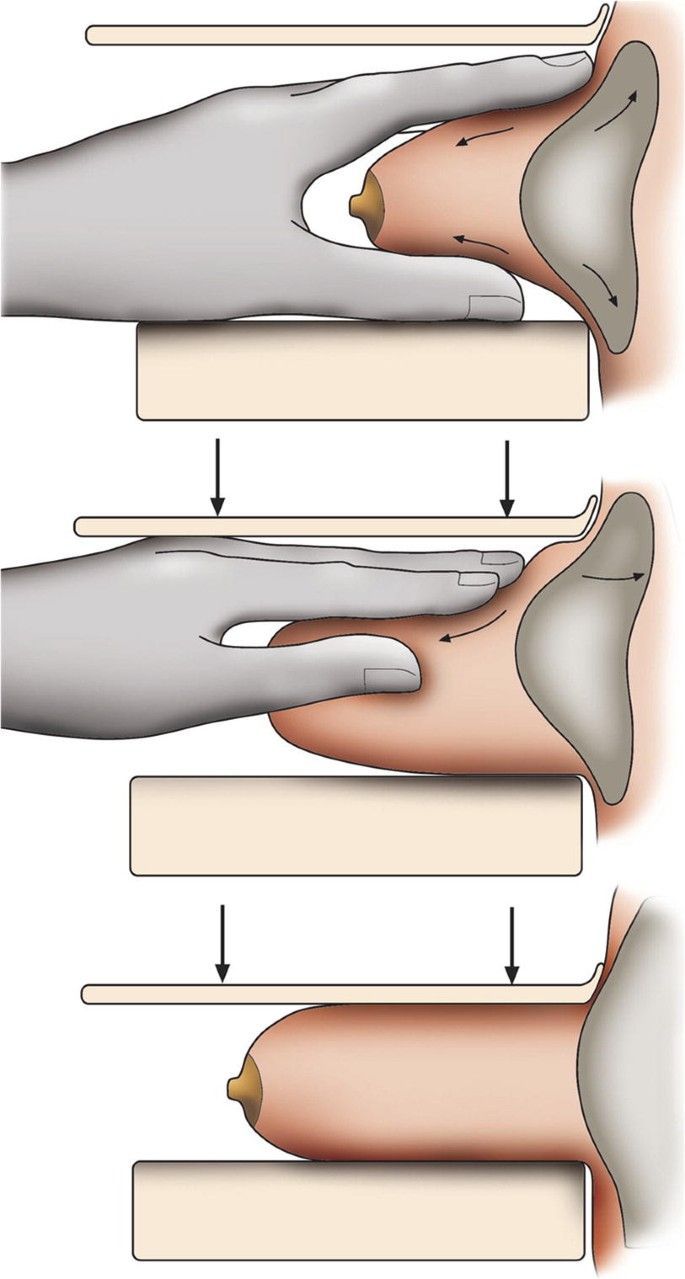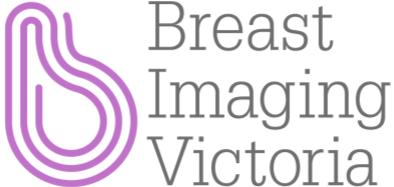BI-RADS
BI-RADS Classifications: Understanding Breast Density
Breast density significantly affects the efficacy of mammograms in detecting breast cancer. The BI-RADS classification provides insight into breast density:
-
BI-RADS A
(Mostly Fatty): Less than 25% dense. Easier to detect abnormalities, generally lower cancer concealment risk.
-
BI-RADS B
(Scattered Fibroglandular Densities): 25-50% dense. Scattered densities, moderate detection capability.
- BI-RADS C
(Heterogeneously Dense): 51-75% dense. Increased density, slightly higher risk, more challenging cancer detection.
- BI-RADS D
(Extremely Dense): Over 75% dense. High breast density, increased cancer risk, and detection can be difficult.
Below is an image of our mammogram software with the BI-RADS AI Automated Assessment.
As a patient, knowing your BI-RADS classification is key to choosing the most effective imaging for your breast health.
At Breast Imaging Victoria, we measure and report individual breast density for our patients as part of our regular breast radiology service.
Stay tuned to learn more about the different imaging techniques we used for breast density!




